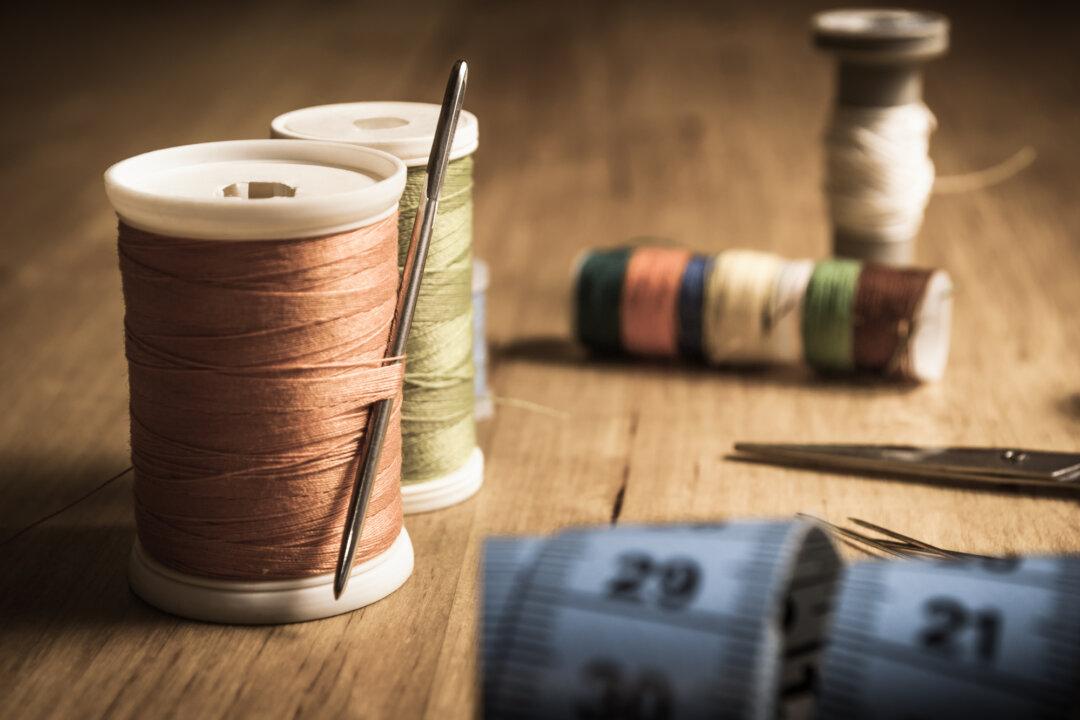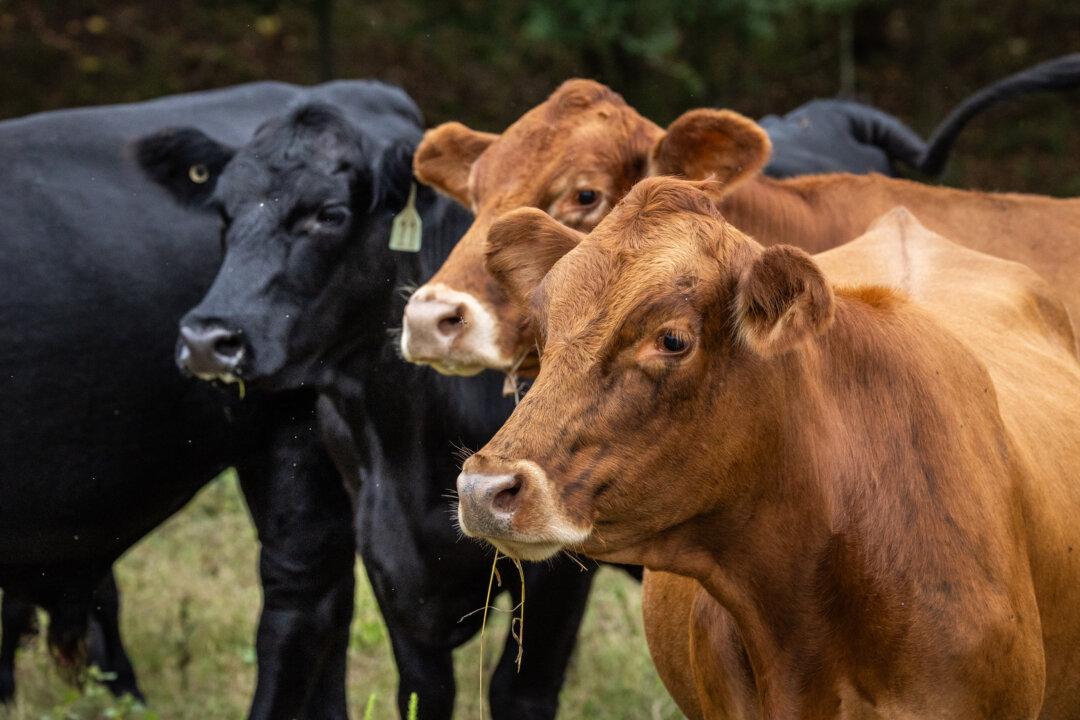Commentary
On Tuesday afternoons, I load up our van with meat boxes for the farmers market. Afterward, we make our one weekly trip to Costco to buy the few organic staples we can’t grow on the farm. Usually, all the kids come, and more often than not, we end the errand run with dinner out as a family.





